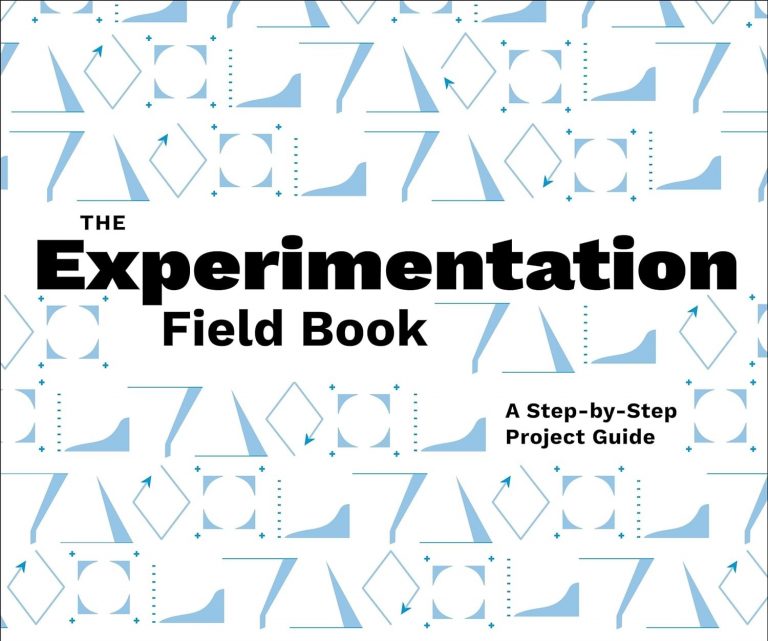Learning from extreme consumers
Learning from Extreme Consumers
by Jill Avery, Michael I. Norton
Teaching Note, 9 pages, January 2014
Traditional market research methods focus on understanding the average experiences of average consumers. This focus leads to gaps in our knowledge of consumer behavior and often fails to uncover insights that can drive revolutionary, rather than evolutionary innovation. This note outlines a process for studying extreme consumers-consumers who fall in both tails of a normal distribution of customers-with needs, behaviors, attitudes, and emotions atypical of the average customer. Different tactics for leveraging the power of the fringe, product category virgins, customers with constraints, and lovers, haters, and opt-outers are presented.
Michael Blanding reports in Forbes:
“What do Porsche fanatics, a video game hater, and a person who cooked two weeks’ worth of meals in a rice cooker have in common? They are all “extreme consumersâ€â€”those whose tastes are so out there that mainstream market researchers tend to dismiss them as “noise†when trying to figure out how typical consumers think.
That’s fine if you only want to keep making incremental improvements to your products, says Jill Avery, senior lecturer at Harvard Business School and a former brand manager at Gillette, Samuel Adams, and AT&T. “Traditional market research is all about studying the average consumer, which gets rid of the noise in an effort to study the majority of customers, but also gets rid of people who are potentially leading the category,†she says.
By understanding those consumers who lie “in the tails†of the bell curve, says Avery, product designers can discover truly innovative breakthroughs. “Only by looking at consumers who fall within those tails of the normal distribution can you understand the extremes,†she says. “And they often influence the middle, spilling over into what the average consumer believes.”



